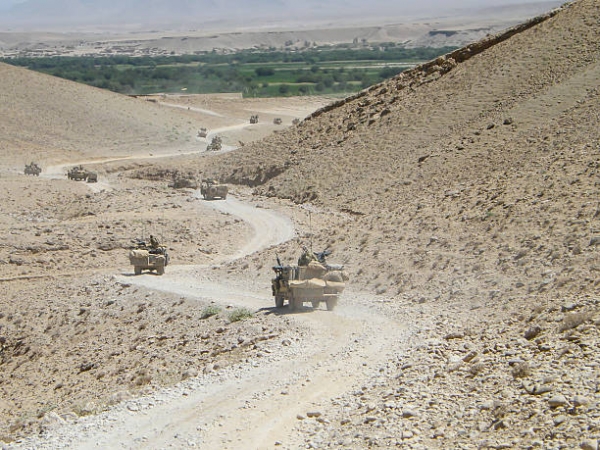Action on Armed Violence (AOAV) is a UK based non-profit, non-governmental organization (NGO) devoted to research and advocacy on armed violence worldwide. The organization reports on global armed violence and strives to minimize harm and rebuild lives disrupted by armed violence. Its research prioritizes methods to eliminate armed violence, the consequences of explosive weapons at the point of impact, and the long term implications of explosive violence. AOAV has promoted and contributed to international agreements related to disarmament. The organization has recorded and analysed over ten years of data on explosive violence. This report focuses on the patterns that have been identified regarding explosive violence in Afghanistan.
The report demonstrated that, out of the ten years that AOAV has been monitoring global explosive violence harm, “Afghanistan was seen to be the worst impacted country in the world with regard to civilian casualties harmed by explosive weapons” in 2020. Between the years 2011 and 2020, AOAV recorded 49,039 deaths and injuries due to explosive violence in Afghanistan, with 28,356 of them (58%) being civilians. During this period of time, improvised explosive devices (IEDs), ground-launched weapons, and airstrikes were responsible for the majority of deaths, with IEDs causing 79% of all civilian casualties, ground-launched weapons causing 10%, and airstrikes causing 8%.
Furthermore, when explosive violence was deployed in densely populated areas of Afghanistan, 83% of those killed or injured were civilians. 4,630 deaths and injuries were documented by AOAV in 2019, making it the most destructive year for civilian casualties within the past decade. At the beginning of the decade, Afghanistan was the fourth worst-affected country by explosive violence, with Iraq, Syria and Pakistan experiencing more casualties. However, from 2016 onward, the country rose higher on the list, witnessing growing numbers of civilian casualties. Specifically, there was a 42% increase in the number of civilians killed or injured by explosive violence in between 2016 and 2017. As the security situation continued to deteriorate in Afghanistan, it became the worst-affected country in the world by explosive violence in 2020, despite the escalation of conflicts in other countries that are severely impacted by explosive violence as well.
AOAV’s report found that, although the levels of explosive violence have been declining globally in recent years, Afghan civilians continue to face unrelenting amounts of violence. The persistence of violence is largely attributed to attacks launched by non-state actors, primarily the Taliban and ISIS (Islamic State). In 2019 alone, according to AOAV, the Taliban were responsible for “at least 41% of all civilian deaths and injuries in the country, and ISIS claimed responsibility for at least 12% of all casualties.” These patterns demonstrate that the Afghan peace negotiations initiated in 2020 have had minimal impact on reducing the amount of explosive violence and harm to civilians.
To know more, please read: www.aoav.org.uk/2021/explosive-violence-trends-and-patterns-in-afghanistan-2011-2020/
Author: Sitara Sandhu; Editor: Alexander Collin




